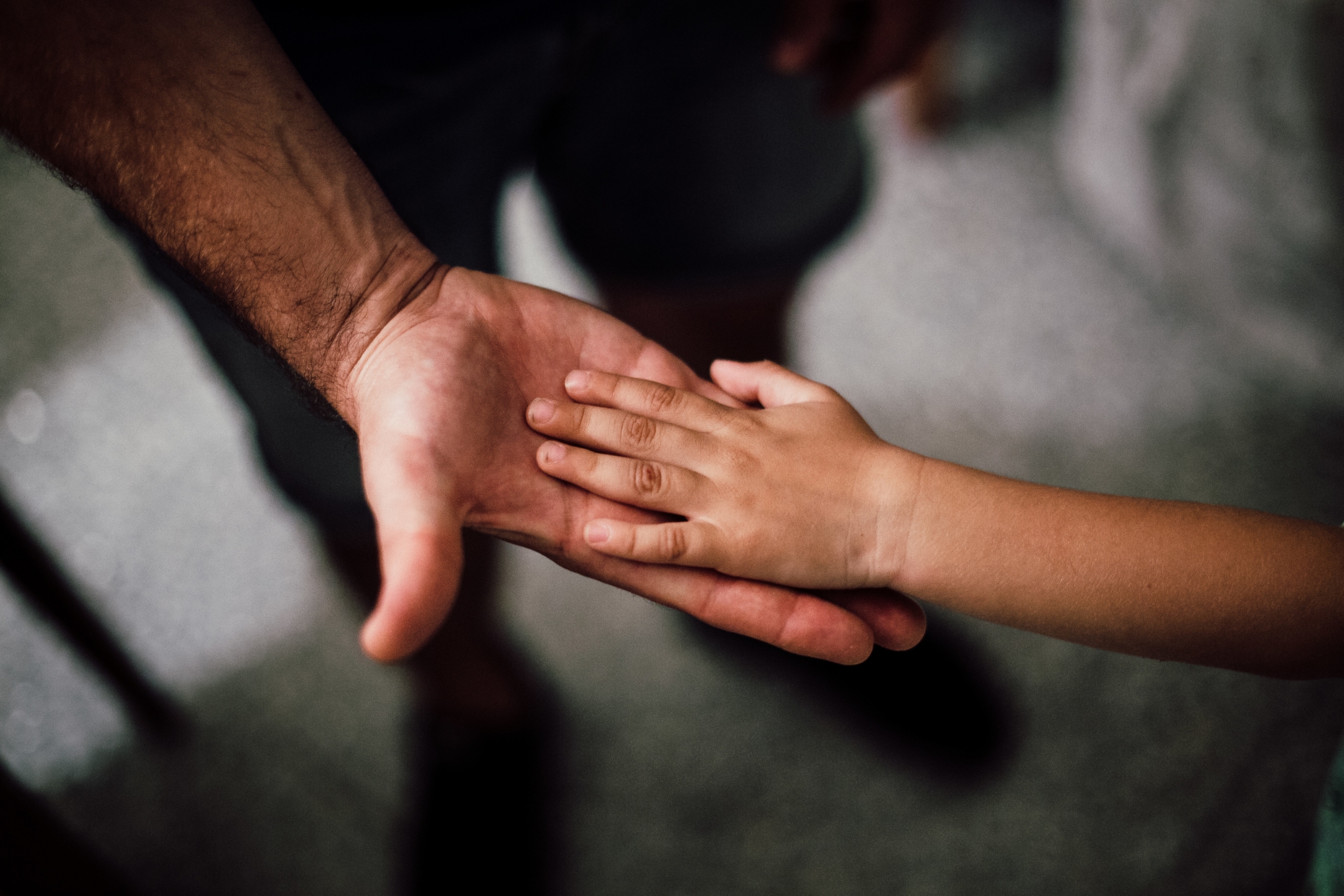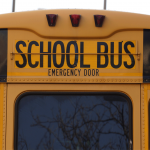
31 Jan A question of belonging
Jeannie Herbert asks whether the gap between education outcomes for Indigenous and non-Indigenous Australians can be closed.
Professor Jeannie Herbert A.M is Foundation Chair of Indigenous Studies at Charles Sturt University. She was born and raised in the Kimberley region of Western Australia. Her grandmother was a Nkinja woman born on a station near Fitzroy Crossing in the late 1800s. Her mother and two sisters were removed from their family in Derby in the early 1920s and sent to be raised in an institution in Perth. Her mother was sent out to work at 14, but wages and conditions for Aboriginal people in what was essentially ‘slave labour’ were so poor it took her 10 years to save the fare to return to Derby. Fortunately, her mother remembered where she had lived. Many never had that knowledge and it was never divulged to them by the authorities. The following is based on Professor Herbert’s experiences.
Ever been in a meeting where the chairperson asks everyone in the group to identify themselves? Ever suddenly thought ‘Who am I?’ or ‘Who do they want me to be?’ Could this really mean, ‘How can I make myself fit in?’ reflecting our need, as humans, ‘to belong’. That question underlies this article because I believe it is a question many Indigenous students often ask themselves.
It’s about dealing with the issue of basic human dignity
As a mother and grandmother, I am constantly saddened, often perplexed, by this reality. As an Aboriginal woman educator I am constantly frustrated, often angered, by this reality. I am increasingly cynical about what is not happening in terms of all Australians facing up to the truth of our nation’s history and taking personal responsibility about changing the future for us all. This is about dealing with the malaise gripping this nation in the relationships between Australia’s first-nations people and all other Australians. It’s about dealing with the issue of basic human dignity in this nation.
The need to address what I suggest is a malaise could rightly be seen as inferring that education in this country has failed its citizens in some way. Before reading further, take a moment to identify what you think is the purpose of education. Did education deliver on its promise to you? Ask these same questions in relation to your children.
‘Closing the gap’ assumes the gap can be closed
So what is the promise of education? I believe it means preparing students to be good citizens of the world by empowering them to build better lives for themselves, their families and their communities. The constant mantra about ‘closing the gap’ assumes the gap can be closed without us, as a society, actually confronting what education has not done or what we as a nation continue to do. After 50 years working in education, I don’t believe we’ll close that gap until we’re prepared to step into the space and confront it. We need to think deeply about what caused that gap.
Perhaps I can use my experience as a teacher to show that we can actually do something about changing the way in which our society perceives its first peoples. The critical first step is attitudinal change. Imagine we’re in a schoolyard somewhere. A Year 8 boy bumps into an Aboriginal boy as he passes him. The Aboriginal boy swings around yells an obscenity and throws the first punch. The playground erupts with a lot of students screaming abuse at the Aboriginal boy for starting the fight. I’m nearby, so I move in and separate the two. Before sending them off to sit outside my office and cool down, I tell the Aboriginal boy he needs to change his attitude.
Just three little words, but words that contain immense power
Later, I discover these boys are in the same class, and during the previous lesson the teacher had put the Aboriginal boy on the spot by asking him a question he couldn’t answer. The teacher rolled her eyes and moved on to another student who gave the right answer. The Aboriginal boy hung his head as the teacher said, “Excellent answer (whoever) – I knew I could rely on you!” Much tittering and a few snide remarks were directed at both boys. Then, later in the schoolyard, the apparently accidental bumping occurs.
But a really critical fact emerges. As the other boy bumped the Aboriginal boy, he quietly, but very clearly, said, “Another dumb black!” Just three little words, but words that contain immense power, and directed at Indigenous Australians they contain generations of denigration.
I later regretted my words
The incredibly sad thing about this incident is that it began back in the classroom with an ignorant teacher’s inappropriate behaviour. Her body language, her comment to the student who answered the question and her failure to silence the snide remarks sent a very strong message concerning the Aboriginal boy’s achievement to all other students. I compounded the boy’s humiliation after the event in the schoolyard by telling him he needed to think about his attitude. I later regretted my words, but you can’t take words, and the shame attached to them, back once you’ve put them out there. So how does this scenario help us overcome the malaise? As adults, we like to think we’re in control of our own behaviour, and as long as we’re engaged in activities that reflect our values and beliefs, we remain so. But how do we feel or behave when confronted by people whose attitudes and behaviour are not similar to ours?
Think about that schoolyard – beyond de-escalating the issue by sending the boys away to cool off, I shouldn’t have made a value judgement about the behaviour I witnessed. I certainly should not have singled out one boy in the way I did, since it simply reinforced what the teacher had already done in the classroom. What I should have done was investigate the incident by talking with the boys involved, witnesses to the event, other students in the class and the teacher. I would then have set up discussions to let those students and that teacher reflect on what the incident uncovered about people’s attitudes and behaviour and what change was needed. Then I would have broadened the discussion to include other students, staff, parents and the wider community.
Working together, we can close those gaps.
These kinds of forums should be a central focus of school life. I’m not suggesting opportunities for the public denigration of individuals or a place to ‘air the dirty linen’, so to speak. I am advocating the establishment of forums that bring people from all walks of life together as members of a community, in a spirit of goodwill, to work together to make their community a better place for all to live, a place where all members of the community can feel they belong and are valued.
In relation to governments’ current focus on the need to close the gap between Indigenous and non-Indigenous Australians, I believe it is time for us, as ordinary Australians, to decide what we stand for. Committing to some deep reflection about our attitudes towards ‘difference’, especially cultural difference, is the first step. That reflection needs to be honest, letting us hold our attitudes up for inspection and educating ourselves about who we really are. That will be critical in building our capacity, individually and as a nation, to change the relationship that exists between old and new Australians so that working together, we can close those gaps.
This is an edited version for the web of an article first published in 2012.


